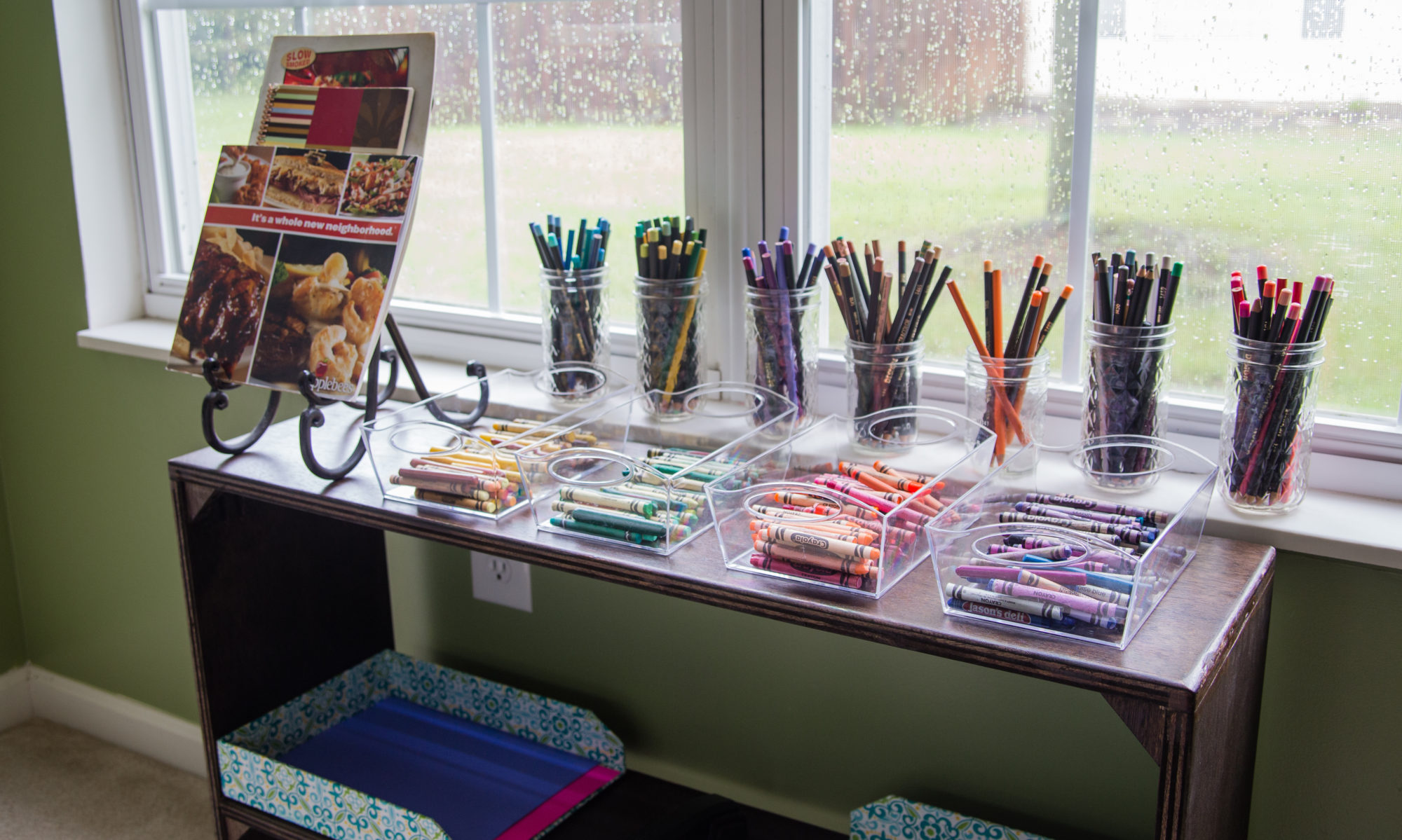During preschool play group this week, two of my friends discovered a lone jingle bell resting on the stairs. The allure of an object just out of reach was enough to bring a lively game of balloon chase to a screeching halt. A and L immediately set to work, stacking up some nearby cushions and stretching their balloons to try and retrieve it, but the bell would not budge!
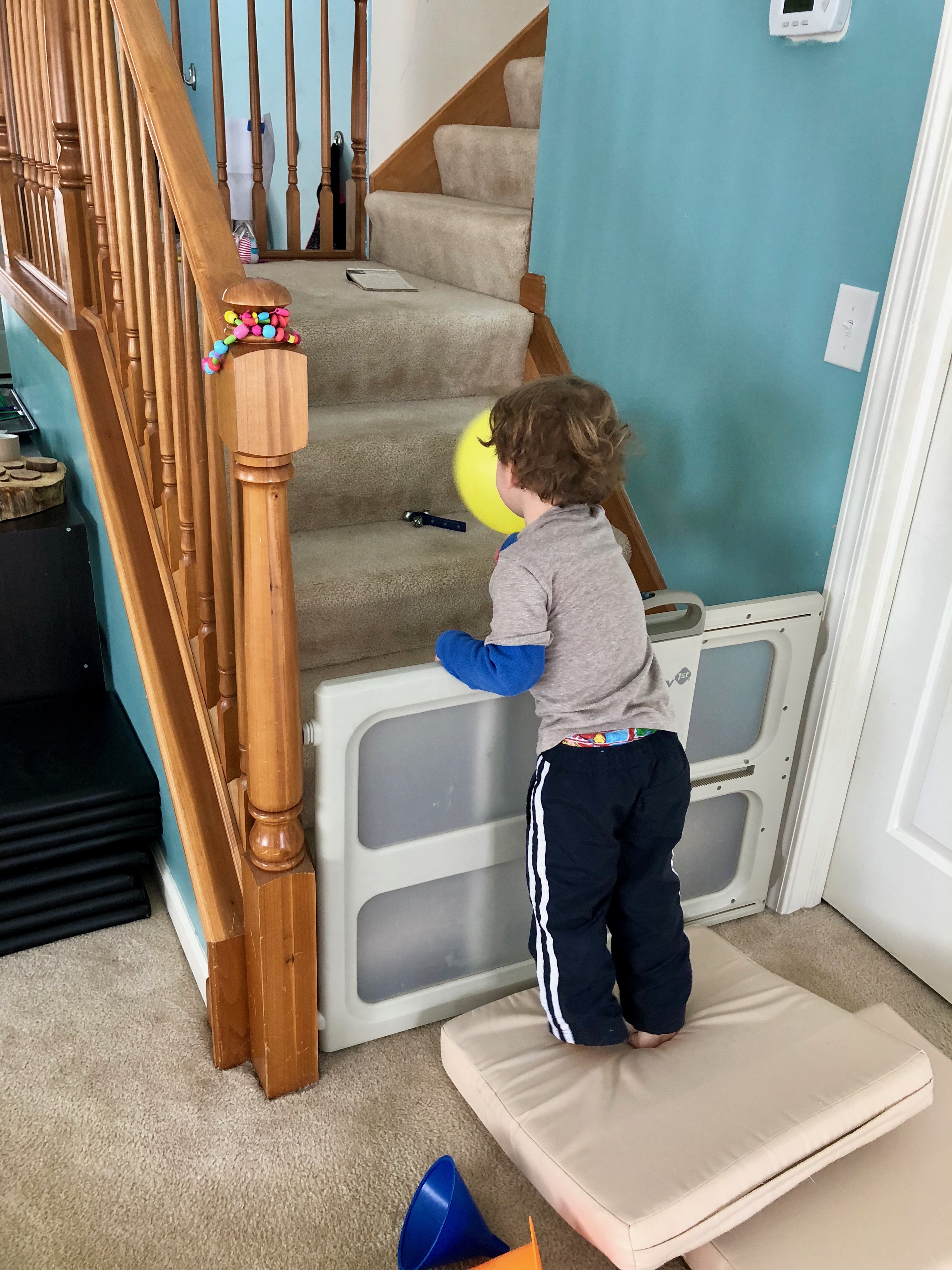
L: Miss Crystal, can you get the bell for us, please?
Me: Oh! I see you found a jingle bell on the stairs. You are thinking about how you are going to get it out?
L: Yes
Me: And the balloon did not help you get it out?
L: No
Me: Hmmmm, I wonder what kind of tool you will try next?
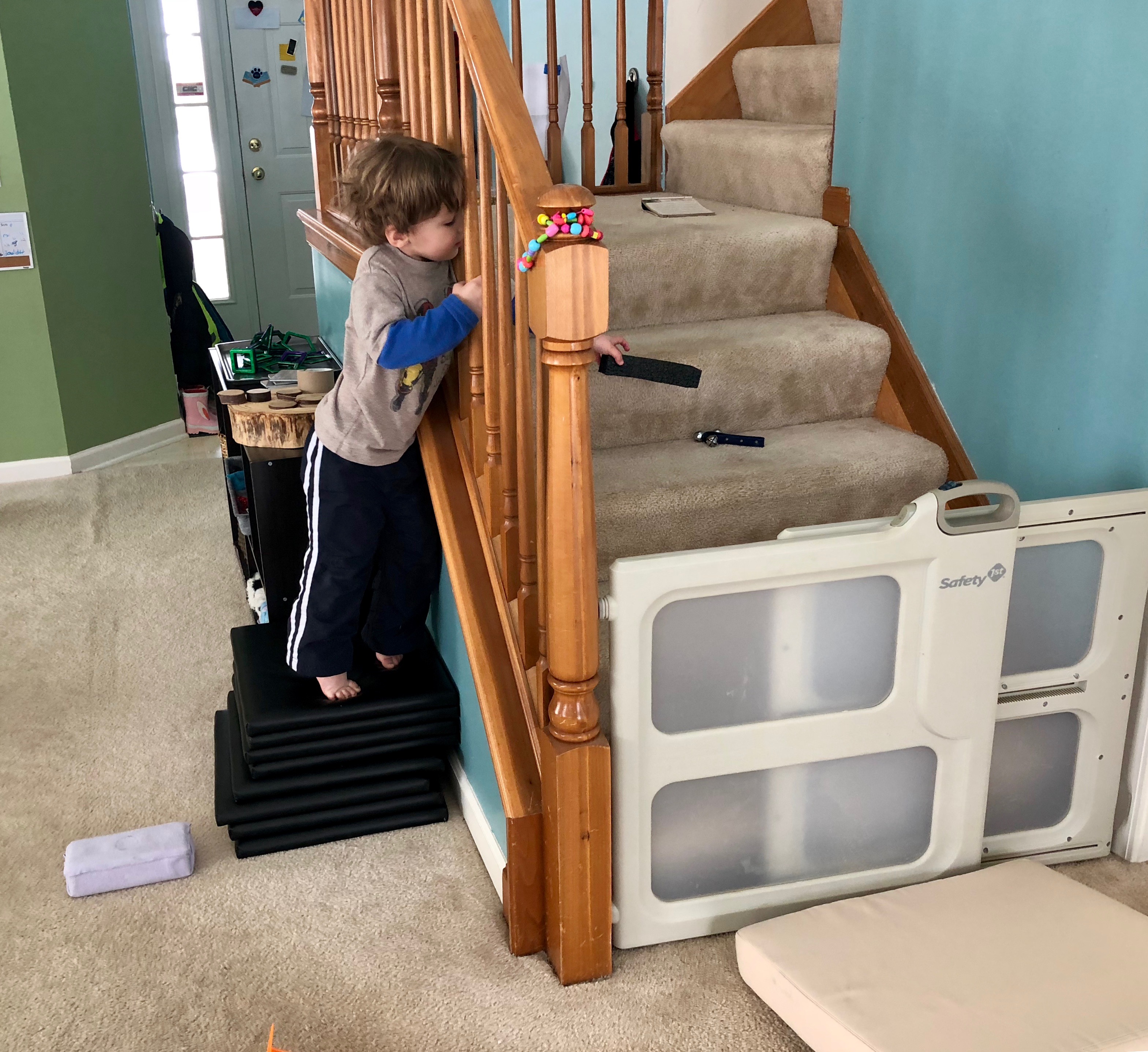
L: These black squares. I will stack them up here and stand on them to reach. (He stacks the squares.) But I still can’t reach!
Me: I see that your arm is not long enough to reach the bell. You are looking for something that is long to help your arm reach farther?
L: Yes! Oh! I can use this! (He reaches with a black piece of foam.) I still can’t reach
Me: You need something longer than that foam piece?
L: Yes!
Me: That’s good to know. I wonder what is longer than that piece of foam?
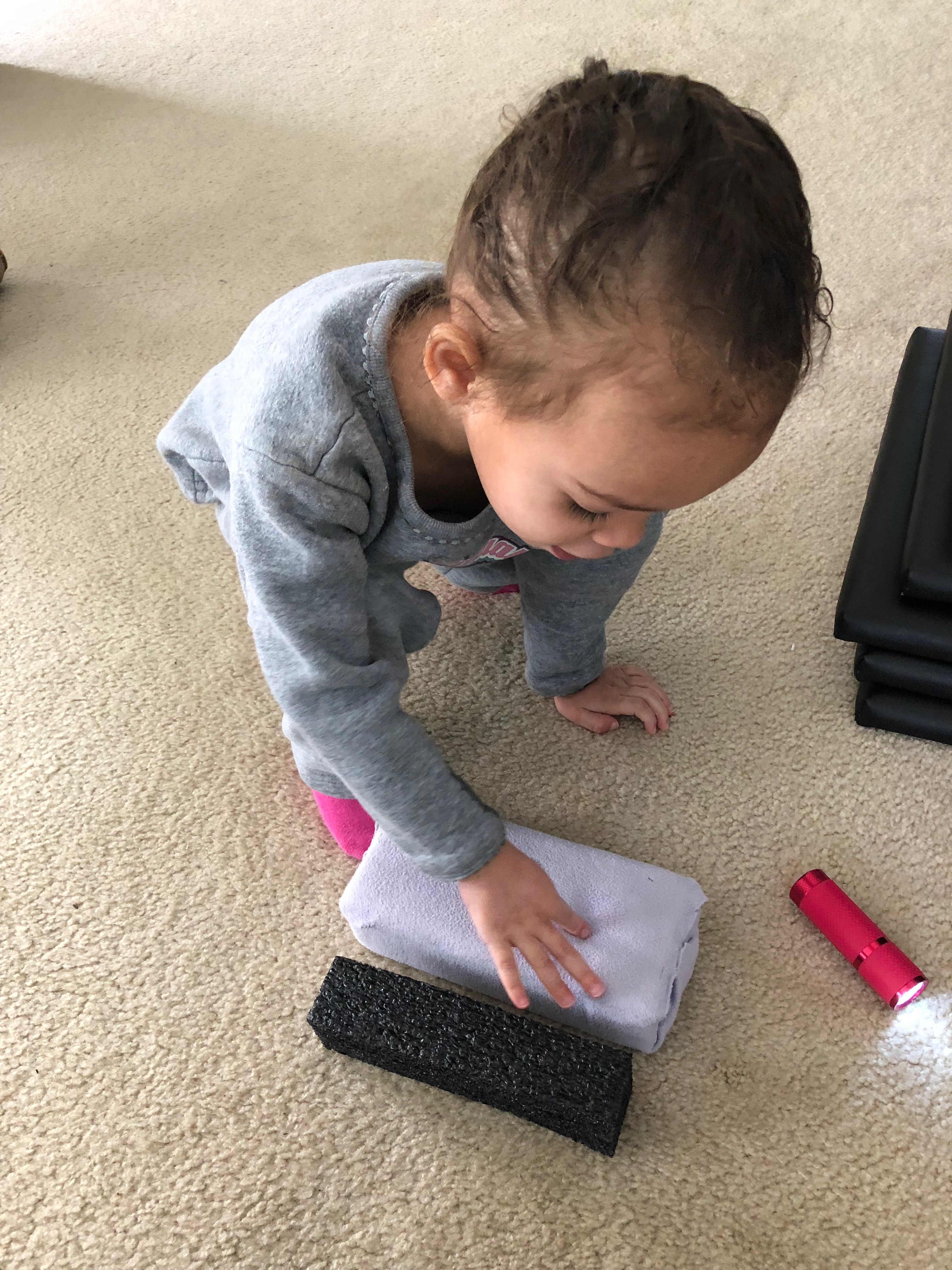
L: A brick?
Me: Is the brick longer than the piece of foam?
A: Yes!

L: But the brick is too heavy and it won’t fit.
Me: I see. So now you are looking for a tool that is longer than the foam, and can squeeze through the bars, but is also not too heavy.
L: Yes!

A: I’m going to try this bubble wrap
Me: Is the bubble wrap longer than the foam?
A: Hmmmm, maybe?

L: I found a LONG one! See this one is LONG! I’m going to try this one! (He reaches with the bubble wrap.) It still won’t reach! It’s falling down!
Me: I see! It IS falling down. The bubble wrap is long enough to reach, but it is not strong enough to grab the bell. So now you are looking for a tool that is both long enough to reach the bell AND strong enough to grab it.
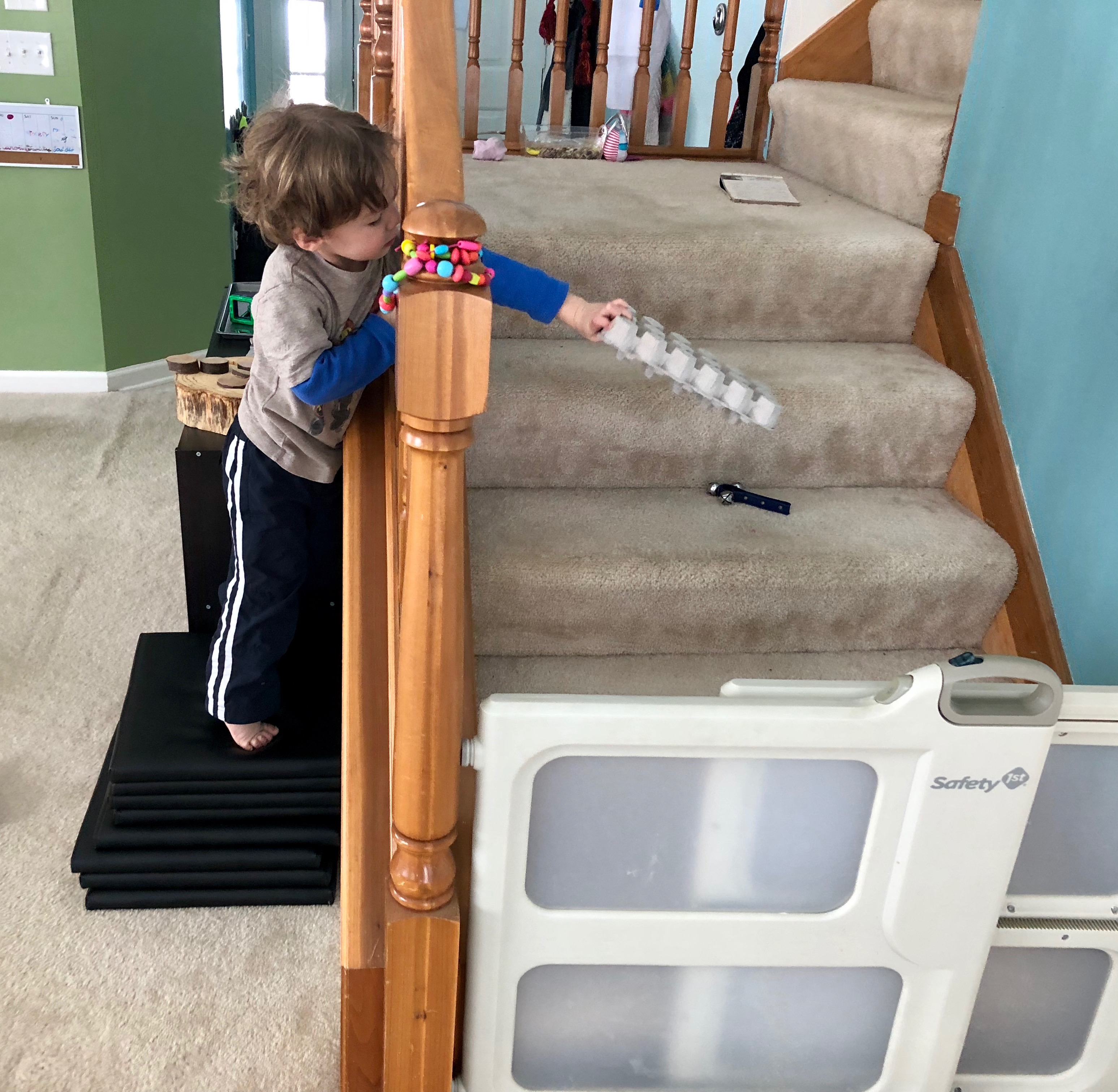
L: This! (He brings an egg carton.)
Me: Ooh! I see! That looks long enough to reach the bell and it feels stronger than the bubble wrap. It is not falling down. Was the egg carton able to grab onto the bell?
L: No
Me: So you found a tool that is long enough and strong enough. Now maybe you are looking for a tool that can grab or pinch the bell too?
L: Maybe, hmmmm.
L: I know! A net! I grabbed the worms on the slide with a net. (He points outside.) Do we have a net?
Me: We do have a net outside; the net that you used to grab the worms. Would you like me to bring it in?
L: Yes, please!

L: The net is grabbing it!!!
L: Oops! It fell down! It’s in a tiny space now! (He tries to use the net in the tiny space.) The net can’t get it out of the tiny space!

Me: The net is a good tool for scooping up, but you are right. It is having a hard time scooping it up in such a tiny space. Pinching tools can sometimes reach in tiny places. Where could we find a tool that can grab or pinch?
A: This pinches! (She brings a clothes pin out of the atelier.)
Me: I see. It is pinching.
A: But it’s too short. It can’t reach it.
L: I found something that pinches in here! (He pulls tongs out of the oven in the play kitchen.)
L: I got it! I got the bell out!
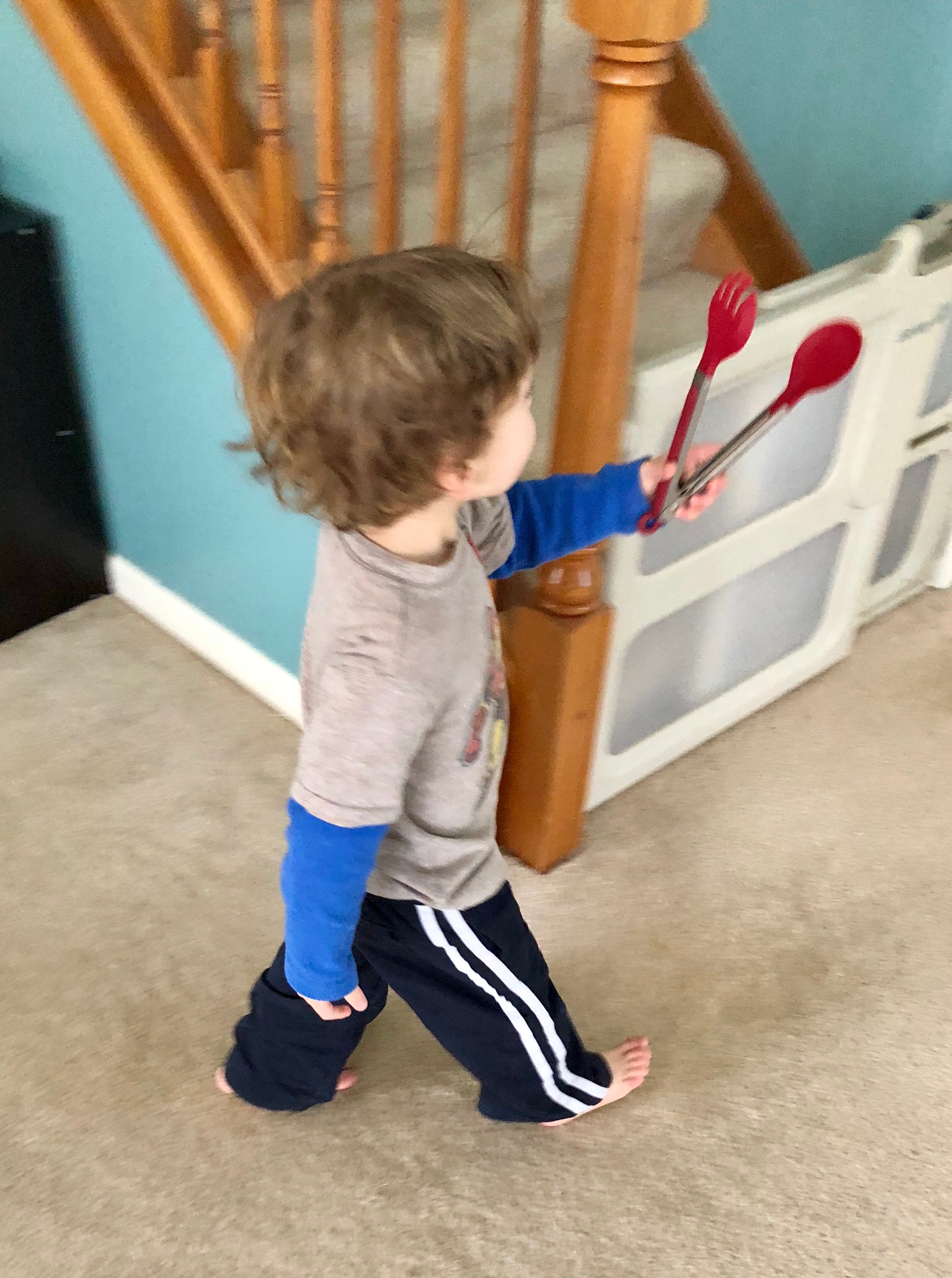

I recently had a dear friend tell me that these conversations sound so natural, but she feels like she could never replicate them for herself with her own kids. “I wouldn’t even think about it,” she said. “I would just get the bell for them.” Without a doubt, this kind of conversation and deep learning takes practice and presence from both the children and adults involved. However, there is a surprisingly simple conversational cycle visible in this exchange. This cycle does not require a specialized knowledge of child development — just an intentional choice to step back, trust, and encourage the inherent curiosity and resilience of children. It goes like this:

“The goal of any good parent or teacher is to eventually work themselves out of a job.” I’ve heard that quote many times, and I try my best to own it. With every strategy I use, I ask myself, “Is this going to result in my children being more dependent or less dependent on me the next time they encounter a similar challenge?” Quick responses and answers can yield short term gains in time and energy, but these often cost much more in the long run, especially if children begin to see me as the only solution.
This strategy is not quick, but it is extremely effective. It shows children how to look at problems in general, instead of giving them the solution to a specific problem. It may seem like a subtle difference, but it makes a huge difference in real world application. While it does take practice and presence in the short term, I know that my friends will feel a little better equipped and a little more confident in their own abilities the next time they encounter a similar challenge.
